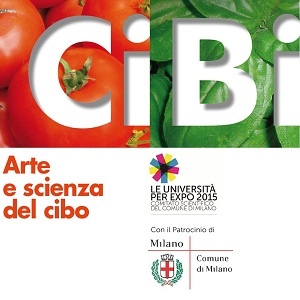PAY ATTENTION TO LABELS.
How to read the labels and choose among several foods.
it is a news by www.cibiexpo.it
The label is the identity card of food products and, through the label we can recognize the origin, the quality and the real content of what we eat. It is necessary to learn how to correctly read a label.
General information
Following information that cannot be missing are listed, by law:
- the place of origin and provenance of the food;
- the net quantity;
- storage methods and expiration date. Pay attention to distinguish “to be consumed within” and “to be consumed preferably within”. For the first the date is mandatory, for the second the product could be consumed even a few days after the expiration;
- name and address of the manufacturer and of the packager; as well as the place of packaging.
List of ingredients
It is good to know that the ingredients are indicated in descending order, they begin with the one in greater quantity up to the less present. For example, many consumers are unaware that if glucose syrup or other types of sugars appear at the top of the listo on ingredients of packaged food, it means that they are nutritionally prevalent. Often among the ingredients we find acronyms consisting of letters and numbers. These are additives such as dyes, preservatives, thickeners, sweeteners, etc. These are indicated with the letter “E” followed by a reference number (for example E101). It has to be clear that the fewer additives there are, the more genuine and natural the food is.
Furthermore, references to the presence of particular allergens, such as gluten, nuts, lactose, etc. cannot be missing.
Considering what written previously, which ingredients should be avoided? Avoid as much as possible foods rich in fatty acids (especially saturated), vegetable oils, sugars, especially glucose syrup. Many foods contain a large quantity of these components because with their addition the product takes on an excellent flavor, even a poor quality product.
Nutritional facts table
The table with the nutritional facts of the food cannot be missing, usually with values related to 100 g of product. This table must strictly contain: energy value, fats, saturated fatty acids, carbohydrates, sugars, proteins, salt. Regarding data in this table, we recommend that you take care not only of the food kilocalories but also you have to take care of the quality of its composition. For example, for biscuits it will be useful to read the item “carbohydrates, of which sugars”, instead of simply read the caloric content.
Written by Andrea Fossati and Elisabetta Amoruso for the magazine CiBi: Arte e Scienza del Cibo, Year 7, Number 2, February 2019, pag.19
(link:https://dispensadeitipici.it/file/wp-content/uploads/n°2.pdf)
CiBi is a magazine dedicated to agri-food, it has a great goal: to inform for free everyone with passion and competence. Because food is part of our culture. Because tasting food and knowing food make our life better and happier.
You can read all the volumes of magazine CiBi: Arte e Scienza del cibo.
(link:https://www.cibiexpo.it/download-rivista/)It is a project by Cibi srl
(link:https://www.cibiexpo.it/chi-siamo/)
photo credits
(link:https://pixabay.com/it/photos/drogheria-archivio-uomo-shopping-3802358/)
#Tipici
#Puglia #Basilicata


Lascia un commento